In the world of ancient, conventional robes in North Africa and the Middle East, two robes stand out for their individualised rich heritage and lasting appeal. These are ‘Djellaba’ and ‘Kaftan.’ Choosing any one from these two can be a thoughtful decision. That is why Al-Haq Thobes explains the ‘Djellaba vs Kaftan’ debate in a clear and concise way. Our professionals will help you comprehend their origins. We will also elaborate who can wear them along with their detailed differences.
What is a Djellaba?
Moroccan thobes or djellabas are full-body length robes. They have full sleeves and distinctive hoods. Based on different regions, a djellaba is also known by different names, which are:
-
Jellaba
-
Jelaba
-
Jillaba
-
Jalabiya
-
Jellabiya
-
Gallabea
A gallabea originates in the Maghreb region of North Africa. Typically, men wear this traditional robe. But nowadays, you will increasingly witness jillabas stitched exclusively for women.
The hooded design of a jillaba is a practical and cultural addition in the robe. It offers protection against sun and wind - also symbolising heritage.
Men can pair their jillaba with a Yemeni shemagh.
Who Can Wear a Djellaba?
A Moroccan thobe with hood is a highly versatile ancient robe. Both men and women can wear it alike. This attire has deep roots as men's outerwear in Morocco. But now, it has evolved into an outfit chosen by women too. Women particularly get it customised in terms of femininity, like:
-
More colourful fabrics
-
Fine embroidery
-
Detailed embellishments
Wearing a jalabiya is suitable for:
-
Formal events
-
Religious gatherings
-
Everyday wear (In cooler climates when made in wool or heavier fabric)
Also, read: What is the difference between a thobe and dishdasha?
What is a Kaftan?
A kaftan (also spelled caftan) is a variant of a robe or tunic. It has a long-flowing shape with wide sleeves. It often reaches to the ankles. The origin of a caftan traces back to ancient Mesopotamia. It also spread across
-
Asia
-
The Middle East
-
Northern Africa
Depending on region and purpose, kaftans may be either:
-
Richly decorated, or
-
Simple and comfortable
Read: What is the difference between keffiyeh and shemagh scarves?
Who Can Wear a Kaftan?
Based on historical studies, women used to wear kaftans. But now, across different cultures, both men and women can wear it.
Be mindful that your attire must demonstrate gender-relevant features. For instance, it would be inappropriate if a man’s caftan is highly decorated with colourful decorative elements.
For women, it is appropriate to don kaftans on:
-
Weddings
-
Festive occasions
-
Elegant lounge wear
Buy shemagh scarf UK now!
A Detailed Comparison on Djellaba vs Kaftan
|
Features |
Djellaba |
Kaftan |
|
Origin |
Maghreb region (North Africa) |
Asia / Middle East / Northern Africa |
|
Hood |
Often includes a distinctive pointed hood |
Typically no hood — robe/tunic style with wide sleeves |
|
Fit Silhouette |
Loose-fitting, full sleeves, ankle length |
Loose and flowing, wide sleeves, ankle or calf length |
|
Fabric and Usage |
Cotton for summer, wool for winter in original usage |
Silk, cotton, or wool depending on region and status |
|
Cultural Associations |
Daily wear and tradition in North Africa |
Historically royal or formal wear, Modern resort/elegant use |
|
Body Types-Climate |
Suits modesty and cooler climate as outer robe |
Suited for warm climates and many body types |
The Bottom Line
When deciding between djellaba vs kaftan, consider the climate of your area of residence. Also, think about the occasion you will be attending. Modify your styling preferences towards modesty.
Caftans and jilibas are timeless and meaningful. They are available not only in their respective native regions but also in the UK. So, shop now!
